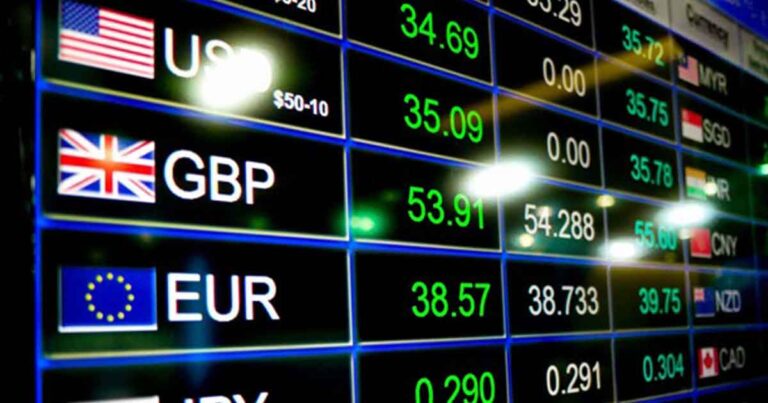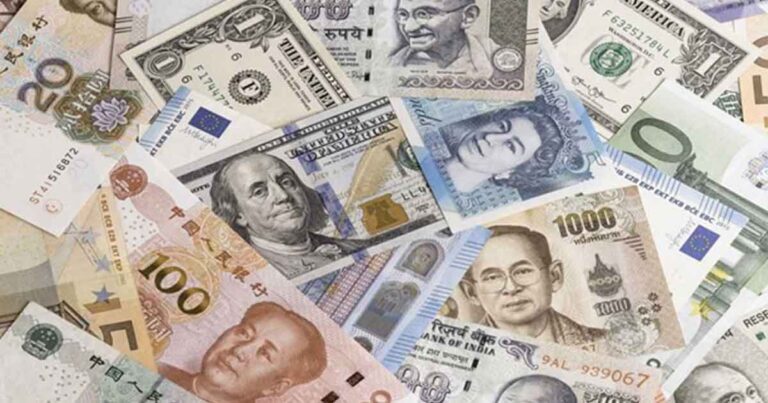A thorough understanding of currency pairs is fundamental to navigate the intricate world of currency trading successfully. By comprehending the dynamics of currency pairs, traders can accurately analyse market trends, anticipate market movements, make informed trading decisions, and effectively execute strategies. Moreover, proficiency in currency pairs enables traders to capitalise on market fluctuations and mitigate …










